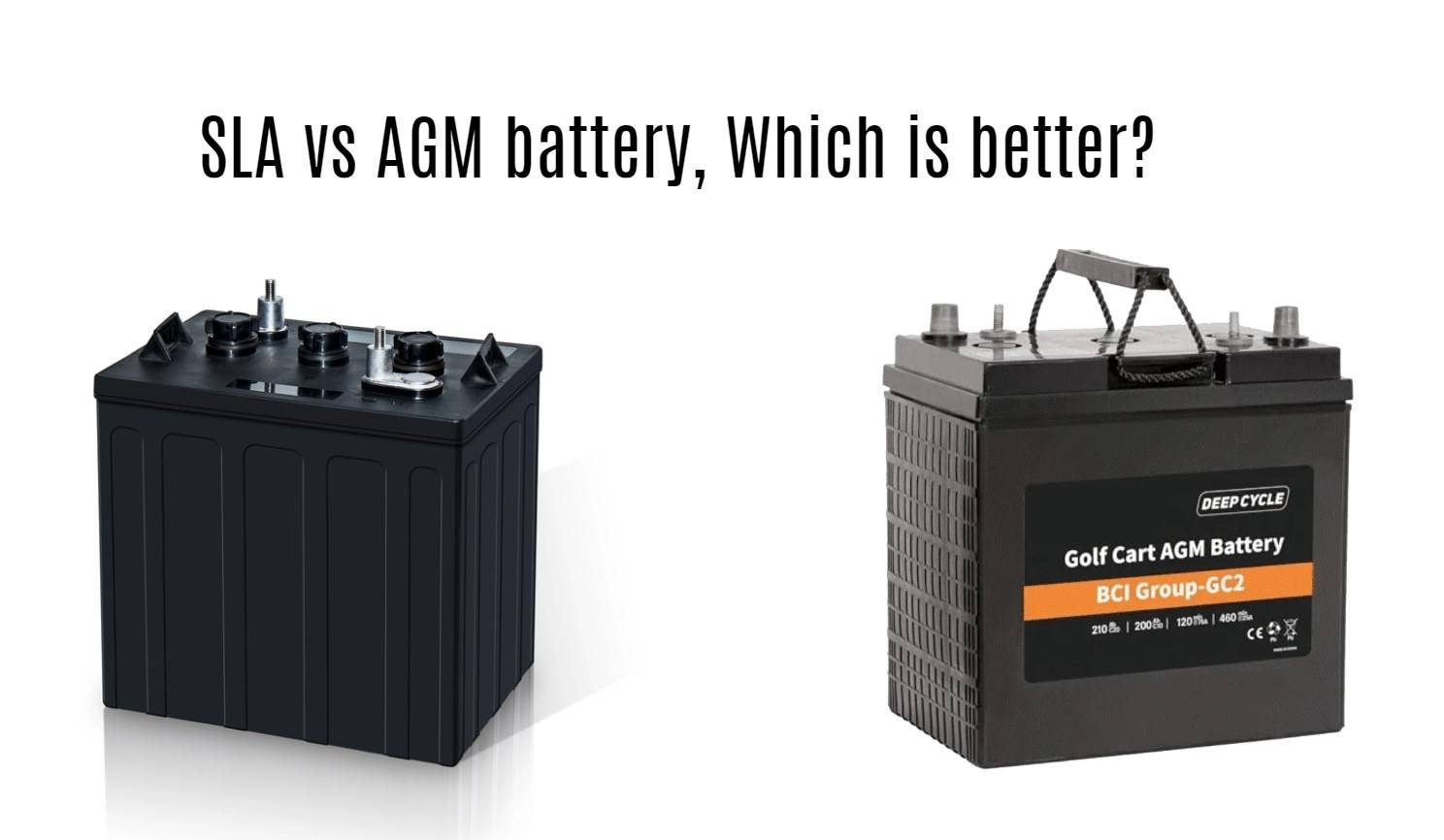Battery explosions can pose serious safety risks, often resulting from various factors such as overcharging, manufacturing defects, and external conditions. Understanding these causes and implementing preventive measures is crucial for ensuring safe usage of batteries in everyday devices.
What are the common causes of battery explosions?
Battery explosions can occur due to several reasons:
- Overcharging: When a battery is charged beyond its capacity, it generates excessive heat and gas buildup, leading to potential rupture or explosion.
- Thermal Runaway: A chain reaction that occurs when a battery overheats, causing further temperature increases and potentially resulting in fire or explosion.
- Manufacturing Defects: Poor quality control or use of substandard materials can introduce impurities that lead to short circuits or instability.
- External Damage: Physical damage to the battery casing can compromise its integrity, leading to leaks or shorts.
How does overcharging lead to battery explosions?
Overcharging occurs when a charger continues to supply power after the battery is fully charged. This excess energy converts into heat rather than being stored, raising the internal temperature. As the electrolyte heats up, it produces hydrogen gas, which can build up pressure inside the battery. If this pressure exceeds the design limits, it may cause the battery to rupture or explode.
Chart: Effects of Overcharging on Batteries
| Effect | Description |
|---|---|
| Heat Generation | Excessive heat from overcharging |
| Gas Buildup | Hydrogen gas accumulation |
| Pressure Increase | Potential rupture or explosion |
Why is thermal runaway a significant risk for batteries?
Thermal runaway is a critical risk because it can lead to catastrophic failure. This phenomenon occurs when a rise in temperature causes increased current flow, which generates even more heat. In lithium-ion batteries, this can happen due to:
- High Charging Currents: Fast charging can generate excessive heat.
- Internal Short Circuits: Damage or defects can create paths for current that bypass normal routes.
- Flammable Electrolytes: Many batteries contain flammable materials that ignite under high temperatures.
What role do manufacturing defects play in battery safety?
Manufacturing defects significantly impact battery safety by introducing weaknesses that may not be apparent until the battery is in use. Common defects include:
- Impurities: Foreign particles within the cell can create short circuits.
- Poor Assembly: Improperly assembled cells may have inadequate insulation or connections.
- Inconsistent Materials: Variability in raw materials can affect performance and reliability.
How can users prevent battery-related incidents and explosions?
Users can take several steps to minimize the risk of battery-related incidents:
- Use Compatible Chargers: Always use chargers designed for your specific type of battery.
- Monitor Charging Conditions: Avoid charging batteries in high-temperature environments.
- Inspect Batteries Regularly: Check for signs of swelling, leakage, or damage before use.
- Follow Manufacturer Guidelines: Adhere to recommended charging times and practices.
Chart: Best Practices for Battery Safety
| Practice | Description |
|---|---|
| Use Compatible Chargers | Ensure chargers match the battery type |
| Monitor Conditions | Avoid high temperatures during charging |
| Regular Inspections | Check for physical damage or swelling |
| Follow Guidelines | Adhere to manufacturer recommendations |
Which safety measures should be implemented when using batteries?
Implementing proper safety measures includes:
- Ventilation: Ensure adequate airflow when charging batteries to disperse gases.
- Storage Conditions: Store batteries in cool, dry places away from direct sunlight.
- Avoiding Physical Damage: Handle batteries carefully to prevent punctures or impacts.
- Using Protective Gear: When working with large batteries, wear protective eyewear and gloves.
Where can consumers find reliable alternatives to traditional batteries?
For consumers seeking alternatives to traditional batteries, Redway Battery offers innovative solutions with their advanced lithium technologies, including reliable options that provide excellent performance across various applications while minimizing risks associated with conventional lead-acid batteries.
Tips for Battery Wholesale Buyers
When considering OEM orders from reliable manufacturers like Redway Battery, keep these points in mind:
- Quality Assurance: Ensure that the manufacturer adheres to international quality standards.
- Customization Options: Look for manufacturers that provide tailored solutions based on specific needs.
- Supply Chain Reliability: Assess their ability to meet delivery timelines consistently.
With over 13 years of experience, Redway Battery is an excellent choice for wholesale buyers looking for dependable products that serve as effective alternatives to lead-acid batteries.
Redway Battery Expert Insight
“Understanding the risks associated with batteries is essential for safe usage,” states an expert from Redway Battery. “By following best practices and using high-quality products, consumers can significantly reduce the chances of accidents and ensure reliable performance.”
FAQ Section
- What should I do if my battery starts swelling?
Immediately stop using it, disconnect it from any devices, and store it safely away from flammable materials until assessed by a professional. - Can all types of batteries explode?
While not all types are equally at risk, any rechargeable or improperly used battery has the potential to explode under certain conditions. - How often should I check my batteries for damage?
It’s advisable to inspect your batteries regularly, especially before long-term storage or use in critical applications.



